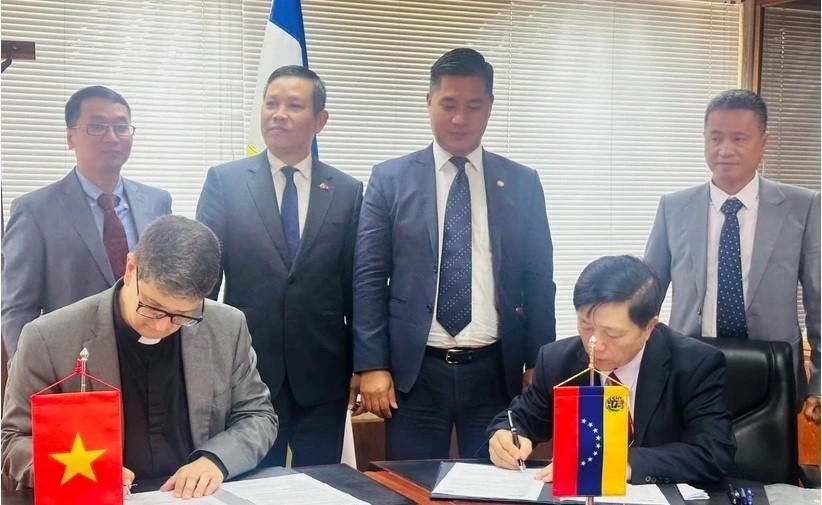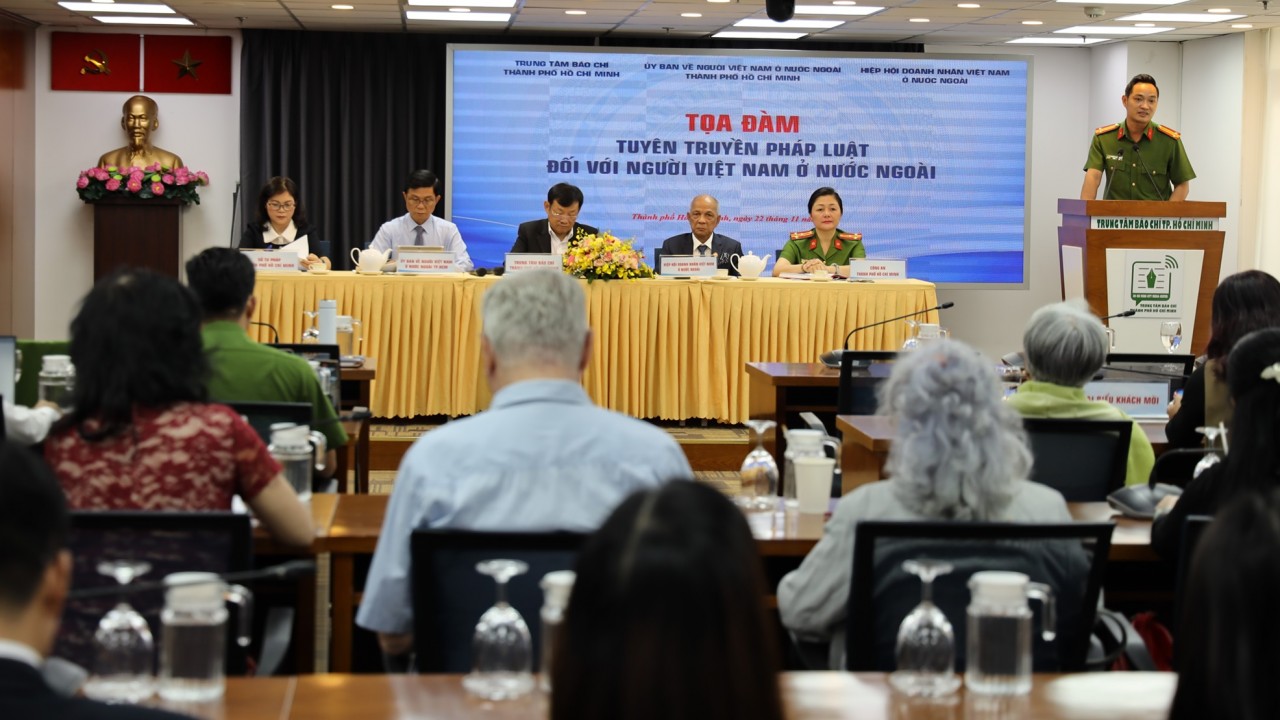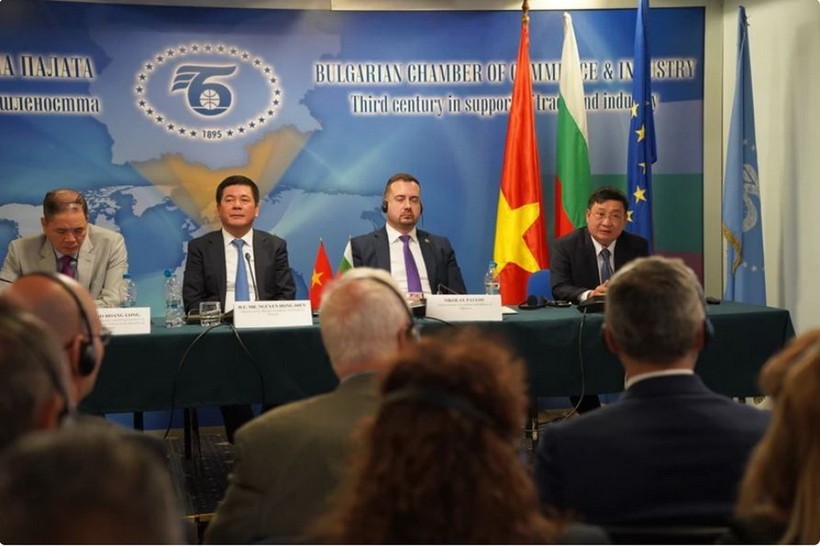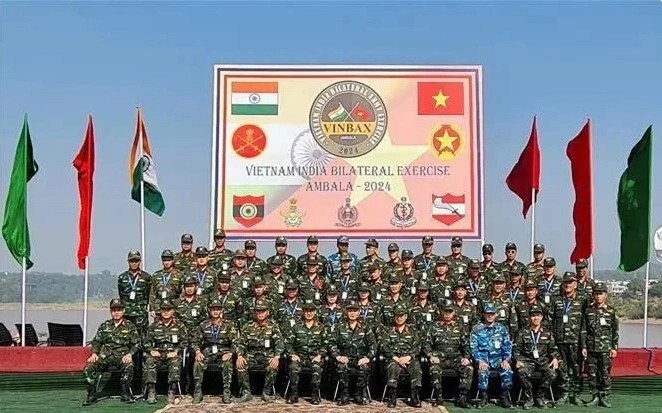Indian rupee being looked upon as an alternative currency for global payments
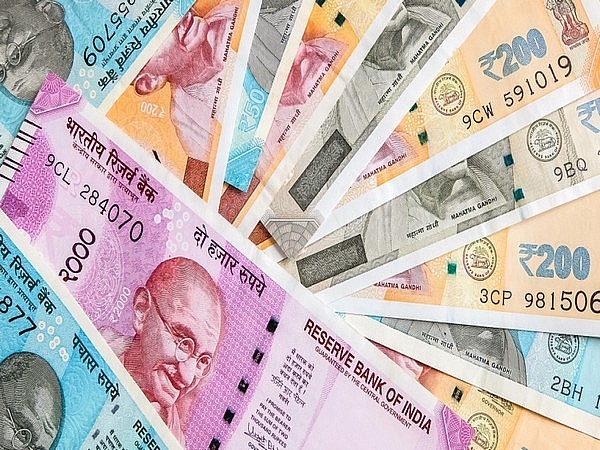 |
India is drawing attention globally for its fast strides in eco-growth and development. After the recent World Bank report which said that India would be the fastest-growing economy in the world in FY 23 and FY 24, the global South is becoming more upbeat about India's larger role in the global economy.
The upbeat sentiment was endorsed by Sri Lankan President Ranil Wikhramsinghe while addressing the Indian CEO Forum ahead of his first visit to New Delhi. He said, “Just as East Asia, including countries like Japan, Korea, and China, witnessed 75 years ago, it is now India's turn along with the Indian Ocean region.”
One of the latest things in the air about India, a fast-growing emerging market, is that it would allow trade and economic transactions with its counterparts in the global South in local currency. In April, Bloomberg reported that India will offer its currency as an alternative for trade to countries facing dollar shortages.
As the Indian economy’s and market’s size is getting bigger, many of the countries in the global South evinced interest in doing trade and bilateral economic transactions in INR. Indian policymakers also feel that the time has come when India shout pursue the internationalization of its currency seriously. Nevertheless, India would continue to use the dollar in its international settlement as usual with its trade partners.
Earlier in March, the Reserve Bank of India allowed 18 countries to Open Special Vostro Rupee Accounts for settling payments in INR. After this decision, many countries expressed interest in understanding the rupee trade mechanism. Already, India has bilateral agreements with Nepal and Bhutan to allow trade and payments in INR.
The latest development in this regard is that India and UAE signed a rupee-dirham deal during Indian Prime Minister Narendra Modi’s recent visit to Abu Dhabi. However, it is notable that so far all such agreements of India with other countries are bilateral rather than multilateral.
This also indicates that India doesn’t mean to interrupt the popular means of international settlements and payments, i.e., the US dollar constituting about 50% of the global transactions.
India’s moves, unlike China’s swap agreements, do not aim at the de-dollarisation of international trade, but the facilitation of trade with its major trading partners in the neighborhood as well as energy-supplying countries.
Today, there is a lot of deliberation going on in developing countries in the global South about “currency of the future” for smooth and uninterrupted settlement of bilateral trade if any of the countries faces shortage of US dollar. The issue was discussed in the recent SCO summit and it is hoped that the issue of trade in local currency and a common currency among the BRICS may also figure in the upcoming BRICS summit.
But it has been clarified by India and BRICS leaders that these efforts are not intended to replace dollar as an international currency of trade and settlements of payments, but actually to have the option to set it up in local currencies through a right mechanism by consensus in case there is inability in settling claims in dollar.
India’s long tested rupee-rouble trade mechanism has proven its efficacy, but with exclusion of Russian rouble from international payments system after the Ukraine war, it has raised questions about clarity and flexibility in the mechanism to respond to such emergent situations.
The restrictions of the US and the West have made it difficult to exchange roubles in the currency market with other currencies. As the INR is not fully convertible, instead of a market-driven exchange rate for rupee-rouble, a double conversion, i.e, from rupee to dollar and dollar to rupee is used at present which cost about 2.3% of the total transaction value.
The two countries are trying to find ways, especially after the Ukraine war when India imported cheap crude in large quantities while the old rupee-rouble mechanism could not help easy settlement of payments for imports from Russia.
According to official data, India’s merchandise imports from Russia jumped 369% to around USD 46.3 billion in 2022-23 from USD 9.87 billion in 2021- 22 mainly on crude shipments. The old mechanism was neither prepared for such a large jump in imports nor it is now easy to do double conversion without additional cost and complexities.
But Indian rupee has been quite stable in the recent past. The INR has emerged as one of the least volatile among major currencies. After declining 7.7% against dollar in FY 23 – mainly due to the war in Europe and monetary policy tightening by global central banks, the INR has stabilized this financial year as the currency has moved in a narrow band while strengthening by 0.2%. In 2023, the Indian currency gained 0.95% against dollar. The INR appreciated by 1.2% (m-o-n) in terms of the 40-currency real effective exchange rate (REER) in May 2023.
Meanwhile India and Singapore decided in Feb 2023 to link the Unified Payment Interface (UPI) with Singapore’s PayNow, enabling instant fund transfers between users in both the countries, at a much lower cost than going through banks. It is also notable that in Feb 2022, Nepal joined UPI with Gateway Payment Services, Manam Infotech. This made Nepal the first foreign country to deploy UPI as a payment platform. This would allow using Indian e-wallets in Nepal in due course.
Most read
Recommended
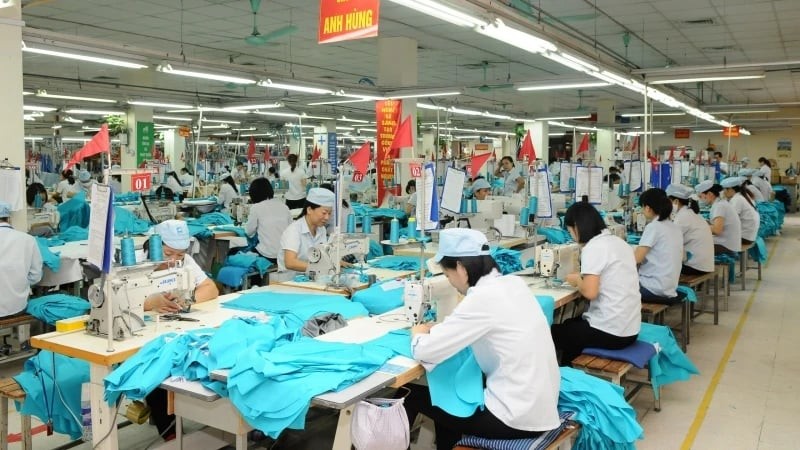 Economy
Economy
Finding Solutions for Businesses to Effectively Leverage FTAs
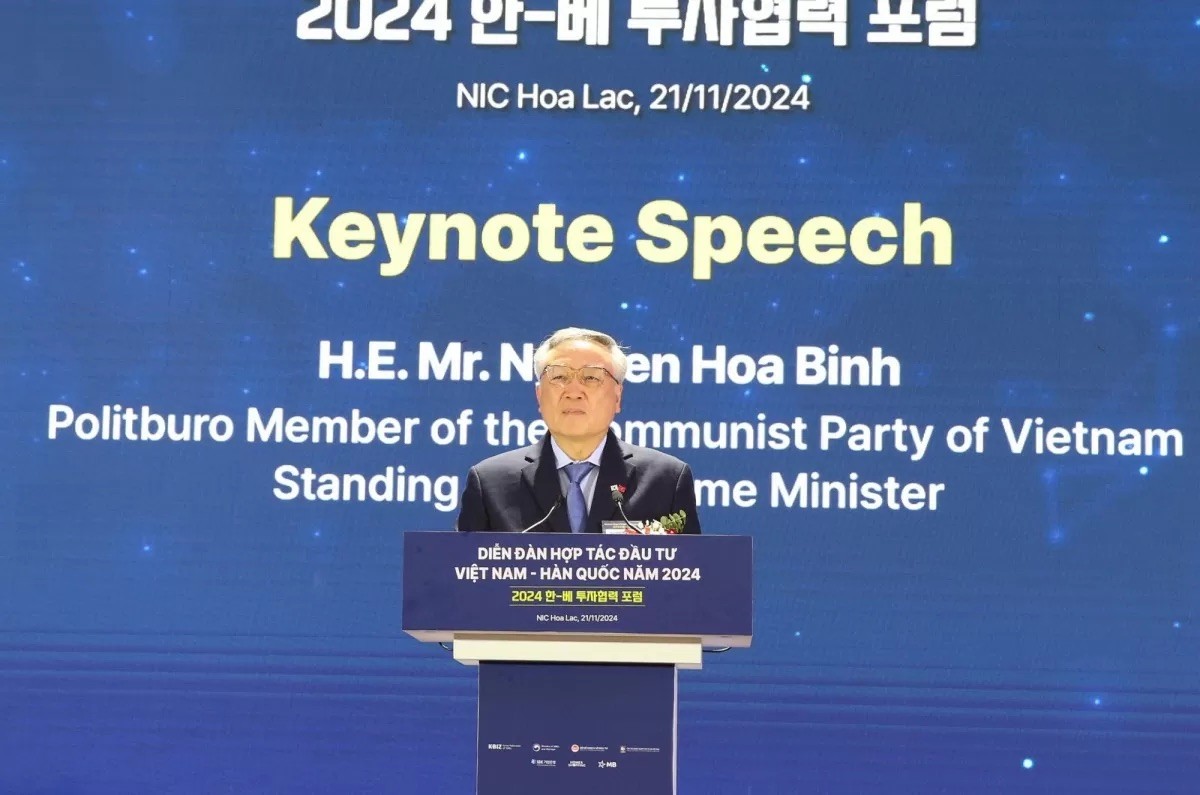 Economy
Economy
Vietnam: A Golden Opportunity for Korean Investors
 Economy
Economy
Ample Room for Vietnam, US Business Cooperation
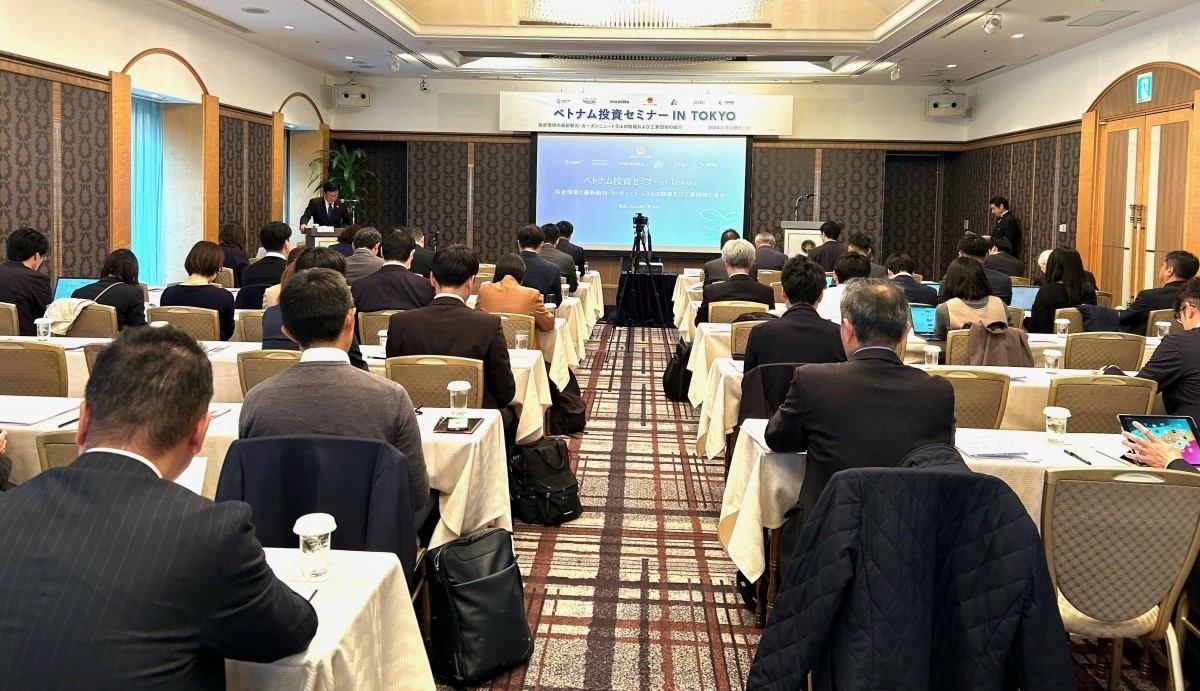 Economy
Economy
Effective Boost of Investment Flow from Japan to Vietnam
Popular article
 Economy
Economy
Pakistan Ranked Fifth Highest in Illegal Migration to Europe
 Economy
Economy




